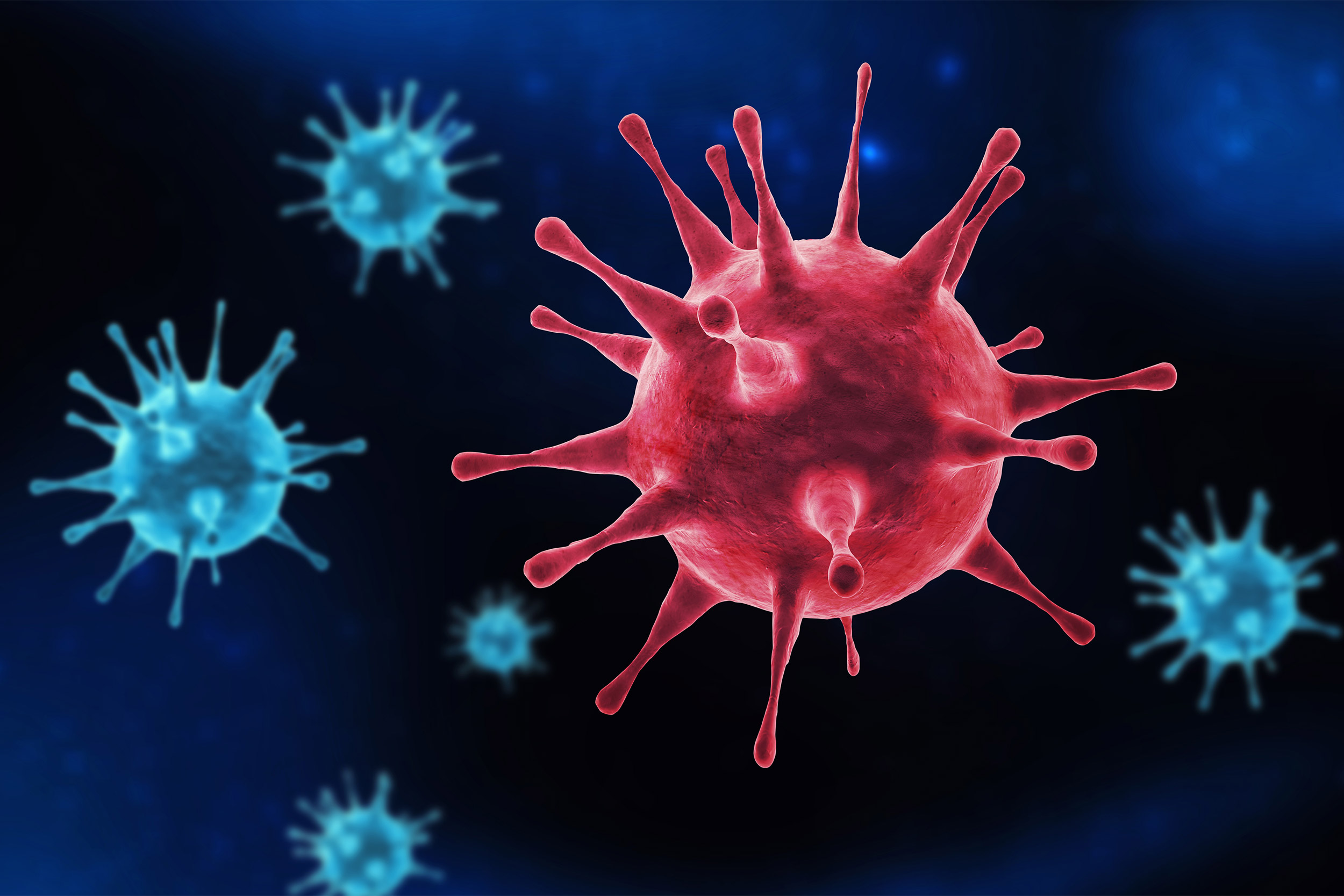| |||
|
___________________________________________________________________________________
- A variant adept at evading immunity would not take off in a population if it does not spread efficiently and multiply.
Experts have paid close attention to Bloom’s analysis of BA.2.86, which stressed that the evolutionary jump is on par with the one that gave rise to omicron.
Officials say they should have a clearer understanding of the variant’s transmissibility in the coming weeks as surveillance ramps up in response to the threat.
The latest variant does not appear to make people sicker than earlier iterations of the virus; antiviral treatments should still work against it and tests should still detect it, according to a risk assessment published Wednesday by the Centers for Disease Control and Prevention. It’s too soon to know whether the updated booster formula expected to come out next month that targets a different subvariant would be effective against this highly mutated one.
If this feels familiar, it should.

After igniting a global explosion of cases in the winter of 2021-2022, the highly contagious omicron variant spawned a slew of immune-evading descendants. Most fade into irrelevance. Others, such as the XBB lineage accounting for most U.S. cases this year, outcompete the rest with their transmissibility and ability to infect — and reinfect. Nearly every announcement of a new variant came with reassurance from public health officials that it did not cause more severe illness.
- But BA.2.86 stands out in the omicron family tree because of how much it has morphed. It has more than 30 mutations on its spike protein, the part of the virus that pierces through the cell and that vaccines train the body to fend off. Experts believe the antibodies forged through battles with earlier variants will have a difficult time recognizing this new foe.
- “This is a radical change of the virus, like what happened with omicron, which caught a lot of people defenseless,” said Eric Topol, director of the Scripps Research Translational Institute. “Even if they had a vaccine or prior infection, it could still get into them and infect them again or for the first time. We are facing that again.”







No comments:
Post a Comment